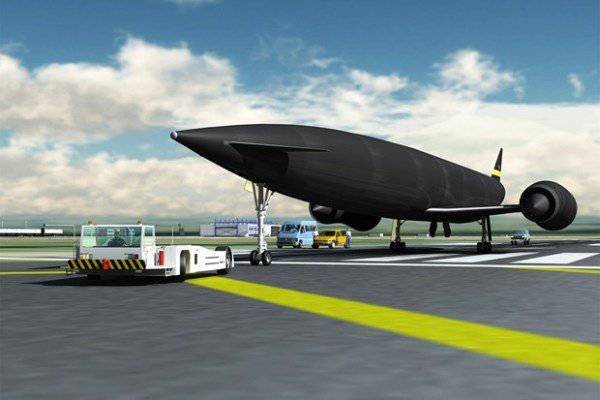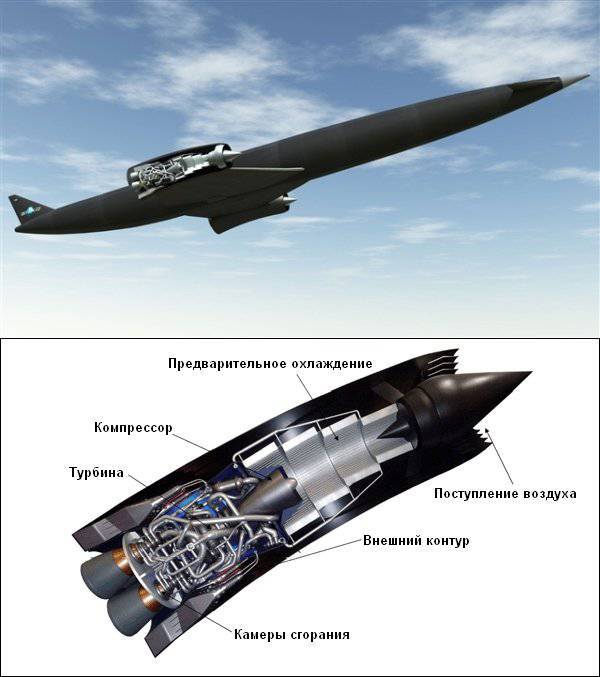The most important engine system of the Skylon SABER spacecraft successfully tested
Recall that it is from SABRE, a hypersonic combined air-jet / rocket engine with pre-cooling, that the work of the Skylon super-ambitious spacecraft, about which much has previously written, depends.

It is rather difficult to implement the pre-cooling scheme for the air supplied to the engine, since the main task facing the two-stage system is to reduce the temperature of the atmospheric air in 0,01 seconds from 1 000 ˚C to -140 ˚C. Without such cooling, the engine will not have the same extremely high compression ratio, thanks to which the Skylon GVRD will be able to get the power that is needed to operate at speeds up to M5,5.
The successful tests of an important component could not fail to attract widespread attention. So, yesterday at the air show, held in Farnborough, David Willets, who is the Minister for University Affairs and Science of the United Kingdom, made a speech on this issue. In particular, he said that this engine, developed by Reaction Engines, can really affect the game conditions in the space industry. Successfully completed tests of the pre-cooling system are evidence of the high appreciation of the engine concept, which the UK Space Agency made in 2010. The minister also added that if one day they manage to use this technology to carry out their own commercial flights, then this will undoubtedly be a fantastic achievement in scale.
Saying this, Willets does not exaggerate: as the developers of the Skylon spacecraft say, the cost of putting a cargo weighing one kilogram into orbit will be approximately $ 1 000. If you manage to realize everything that is planned, then this will really be a “fantastic achievement” both for the aerospace industry of Great Britain and for all of humanity.

The minister also noted that there is a small chance that the European Space Agency will agree to finance Skylon, so the UK should be ready to build a spacecraft for the most part with its own funds.
However, the British engine SABER, even outside the Skylon project, is of great interest: if the developers can bring it, then perhaps this development will be picked up by British engine builders. After all, initially the SABS hypersonic engine was planned for both space and atmospheric use.
Information